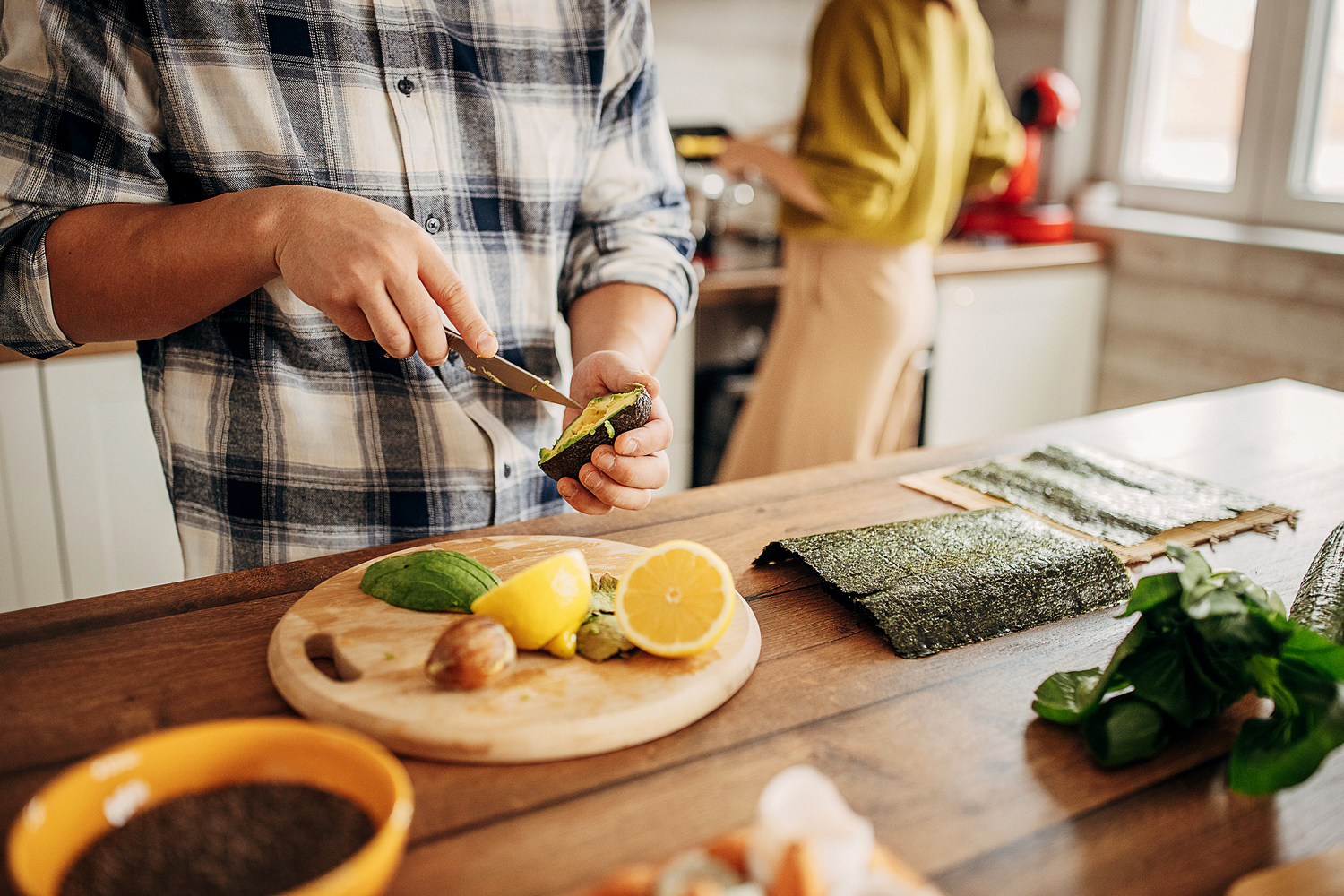How to Prepare and Dispose of an Old Wood Cutting Board Safely
Written By James Morgan
Barbecue enthusiasts know the value of a good wooden cutting board. Its an essential tool for any serious grill master, providing a sturdy surface for chopping meat, vegetables, and more. But what do you do when your trusty wooden cutting board reaches the end of its life? In this comprehensive guide, well walk you through how to dispose of a wood cutting board properly to keep your kitchen eco-friendly and efficient.
Before diving into disposal methods, its important to recognize when a cutting board needs to be replaced. Boards showing deep grooves, cracks, or that have become warped should be discarded as they can harbor harmful bacteria. With that said, lets explore some sustainable disposal options.

Signs It's Time to Dispose of Your Wood Cutting Board
Knowing when to say goodbye to your wooden cutting board is crucial for food safety. Here are some telltale signs your board has reached its end:
Deep Grooves and Cracks
Over time, repeated cutting can create deep grooves and cracks in your cutting board. These imperfections can trap food particles and moisture, leading to bacterial growth. If your board has visible cuts and cracks that are difficult to clean, its time to let it go.
Warped or Unstable Surface
A warped board not only makes chopping difficult but also poses a safety risk. Uneven surfaces can cause the board to wobble, increasing the likelihood of kitchen accidents. Warping often indicates that the wood fibers have broken down, meaning the board is no longer structurally sound.
Persistent Odors
If your board has absorbed strong odors that wont go away despite regular cleaning, its a sign your board is on its last legs. Persistent odors can indicate that the wood has absorbed bacteria and other contaminants.

Sustainable Disposal Methods
Disposing of a wood cutting board doesnt mean simply tossing it in the trash. Here are some eco-friendly ways to repurpose or dispose of your old board:
Repurpose the Wood
If you're crafty, you can give your old cutting board a new life by repurposing it. Sand down the surface, remove any deep grooves or cracks, and transform it into a serving tray or a rustic kitchen sign.
Composting
Wood is a natural material that can be composted. Break down the cutting board into smaller pieces to speed up the decomposition process. Before composting, ensure the board hasnt been treated with chemicals or coatings that could harm your compost pile.
Recycle
Check if your local recycling center accepts wood products. Some facilities have the means to recycle wood, turning it into mulch or other useful materials.
Donate
If your board is still in good condition but youre simply upgrading to a new one, consider donating it. Many community centers, shelters, or even neighbors might appreciate a gently used cutting board.

Preparing Your Board for Disposal
Before you dispose of your wood cutting board, give it a thorough clean. This not only makes the disposal process more sanitary but also prepares the wood for recycling or composting.
Frequently Asked Questions
Can I just throw my wood cutting board in the trash?
While you can throw your cutting board in the trash, there are more sustainable methods like composting, recycling, or repurposing that are better for the environment.
Is it safe to burn my old wood cutting board?
Burning your cutting board is not recommended, especially if it has been treated with chemicals. Burning treated wood can release harmful toxins into the air.
How often should I replace my wood cutting board?
The lifespan of a wood cutting board varies based on usage and maintenance. Regularly inspect your board for signs of wear and replace it when it becomes cracked, warped, or harbors persistent odors.
For more tips on maintaining your cutting board, visit Real Simple's guide.
As an Amazon Associate, I earn from qualifying purchases.



